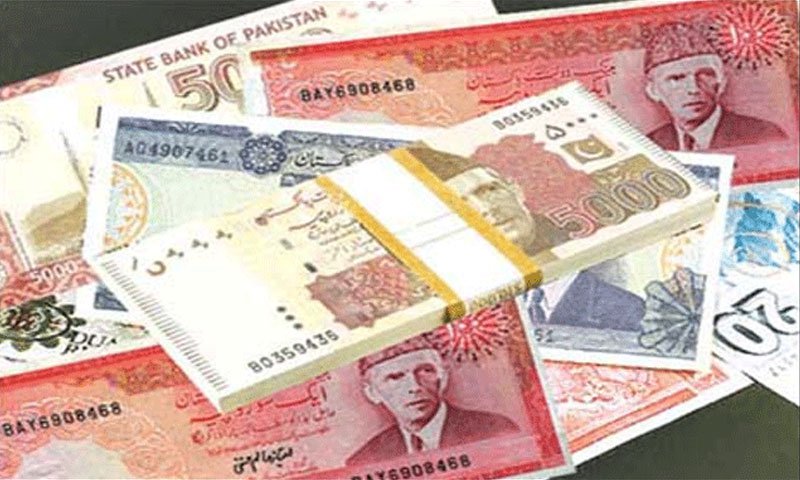


Before this many different banks were allowed to issue their own types of notes and currency. The federal government established the Federal Reserve in 1913 as the US centralized bank in charge of the money supply and all legal tender. In the United States, only the Federal Reserve Bank can issue banknotes. However, if Joe gives Steve a banknote, Steve can use it to purchase other goods or deposit it in the bank. If Joe gives Steve his check, the check is still payable to Joe. Contrast that with a check that is payable to Joe. As the possession of the note changes, so doesn’t the individual who must be paid. What is the definition of bank note? They are considered bearer notes because they don’t they are not payable to an individual or entity. Banknotes are legal tender and can be used to settle any and all debts. The central bank also advises the government on such economic and money matters as controlling inflation or deflation, devaluation or revaluation of the currency, deficit financing, balance of payments, etc.Definition: A Bank note, also called paper money or bills, is a form of bearer promissory note issued by a bank and payable on request. It floats loans, pays interest on them, and finally repays them on behalf of the government. As a fiscal agent, the central bank makes short-term loans to the government for a period not exceeding 90 days. Thus it is the custodian of government money and wealth.

It keeps the stock of gold of the government. It buys and sells foreign currencies on behalf of the government. But it does not pay interest on governments deposits. As a banker to the government, the central bank keeps the deposits of the central and state governments and makes payments on behalf of governments.

In addition to issuing currency to the general public, the central bank also issues currency to the central government of the country.Ĭentral banks act as bankers, fiscal agents and advisers to their respective governments. In other words, the central bank is obliged to back the currency issued by it by assets of equal value such as gold coins and bullions, foreign exchange. However, the currency issued by the central bank is its monetary liability. Coins are manufactured in the government mint but they are put into circulation through the central bank. It has its issue department which issues notes and coins to commercial banks. Notes issued by it circulate as legal tender money. Since it is issued, without any backing of gold, silver or other reserves, therefore, it is inconvertible (not convertible) into anything than itself. Fiat money is generally created and issued by the government at the time of crisis like war or emergency. It is also called legal tender as it circulates in the country on the fiat (i.e., command) of the government. People have to accept it in exchange for goods and services and in discharge of debt as the government has ordered it to be money. The legal tender status given by the government to money may be limited or unlimited.įiat Money. Fiat money is any money backed by the order (fiat) of the government to act as money. In this context chequable demand deposits is not money because a person can legally refuse to accept payment through cheques. For example, in India currency (notes) and coins are legal tender money which cannot be refused in payment for transactions. No one can refuse to accept it because non-acceptance is an offence. Everybody is bound to accept it in exchange for goods and services and in discharge of debts. Government issues an order describing what is money and that becomes legal tender money. It is money issued by monetary authority or the government which cannot be refused by any person in payment for transactions. Money that has a legal sanction by the government behind it, is called legal tender or legal tender money.


 0 kommentar(er)
0 kommentar(er)
